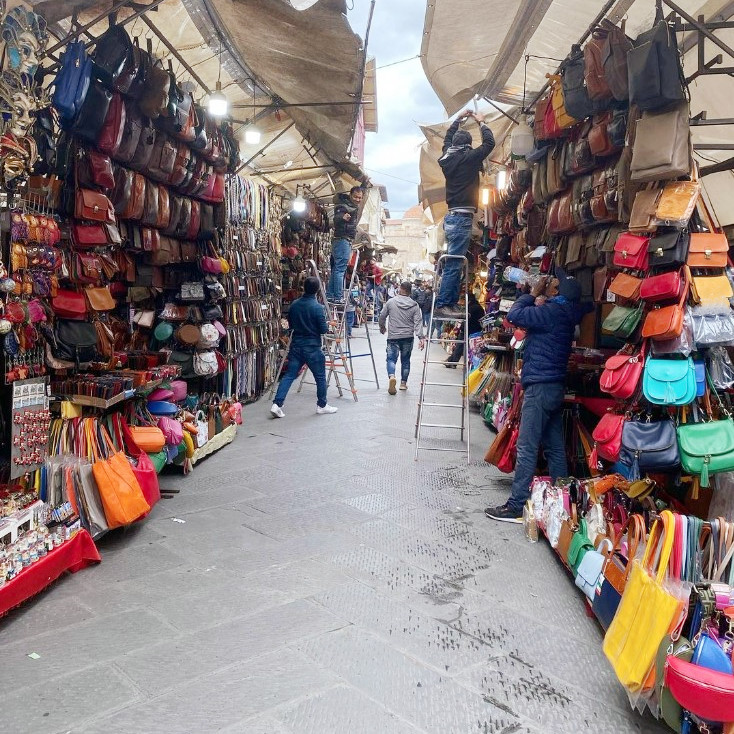
Yes, there is indeed a substantial market for leather goods worldwide.
Leather: A Versatile Material
Leather, as a material, is highly versatile and utilized in an array of products, including handbags, wallets, shoes, belts, jackets, furniture, and even car interiors. Its durability, comfort, and timeless aesthetic appeal make it a preferred choice for consumers seeking high-quality goods.
Market Demand
The demand for leather goods is primarily driven by the fashion industry. Leather handbags, wallets, and shoes hold a significant share of the global leather goods market due to their popularity among consumers. Luxury brands often use leather in their collections, further driving the demand. In addition to fashion, leather’s resilience and elegance make it a preferred material in the automotive and home decor industries.
Growth Factors
In addition to rising disposable incomes and the growth of online retail platforms, there are several other factors that contribute to the growth of the leather goods market:
- Fashion trends: Leather has long been a popular material for fashion accessories such as handbags, shoes, and belts. Changes in fashion trends and preferences can influence the demand for leather goods.
- Industrialization: As countries become more industrialized, there is often an increase in demand for leather goods used in manufacturing and construction industries.
- Tourism: The growth of the tourism industry has led to an increase in demand for leather goods such as luggage and travel accessories.
- Innovation: Advances in technology and materials science have led to the development of new types of leather and leather alternatives, which can expand the market for leather goods.
- Branding: The branding and marketing efforts of leather goods manufacturers and retailers can also influence the demand for their products.
Overall, the leather goods market is influenced by a complex mix of economic, social, and technological factors. As these factors continue to evolve, the market for leather goods is likely to continue to grow and change.
Challenges and Adaptations
Despite the steady demand, the leather goods market also faces challenges. Growing consumer awareness of animal rights and environmental concerns has led to scrutiny of the leather industry’s practices. However, many businesses, such as Leather Bag Factory, are adapting by ensuring ethical sourcing and sustainable practices in their production process. The emergence of vegan leather and other alternatives also indicate an evolution in the market to cater to changing consumer preferences.